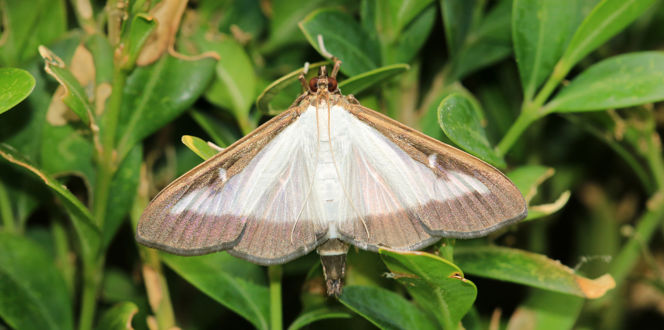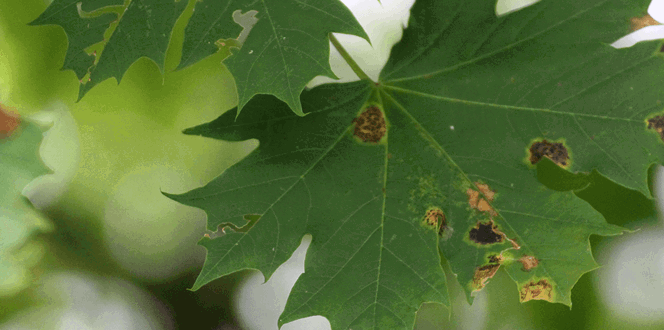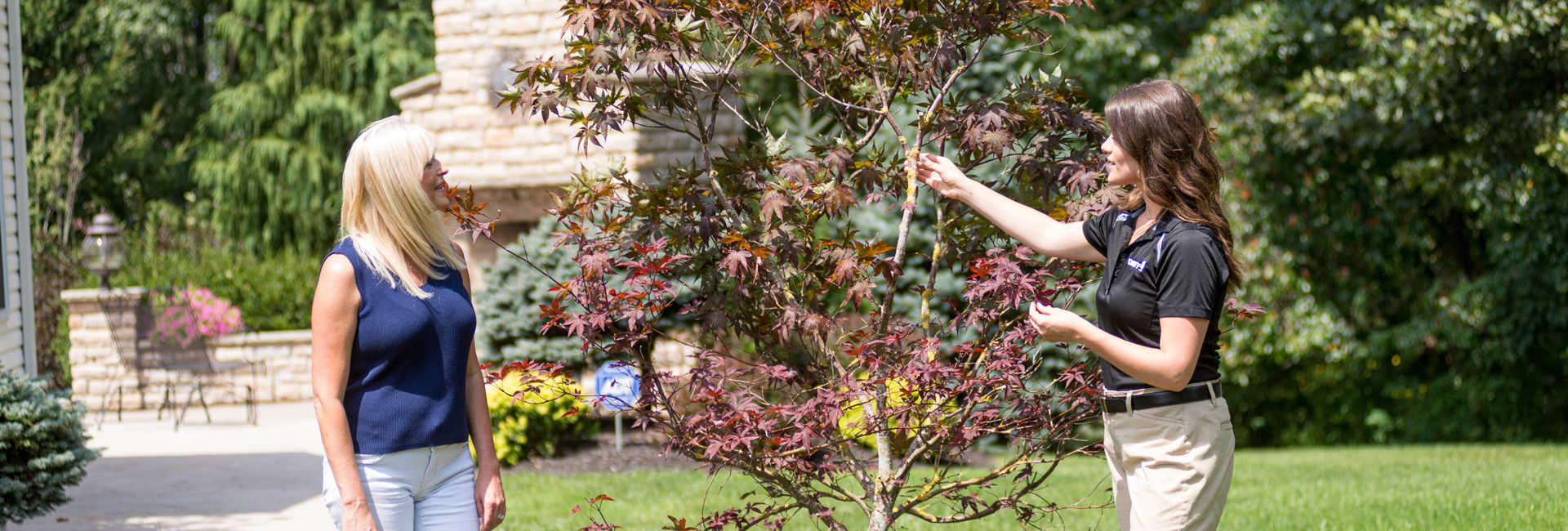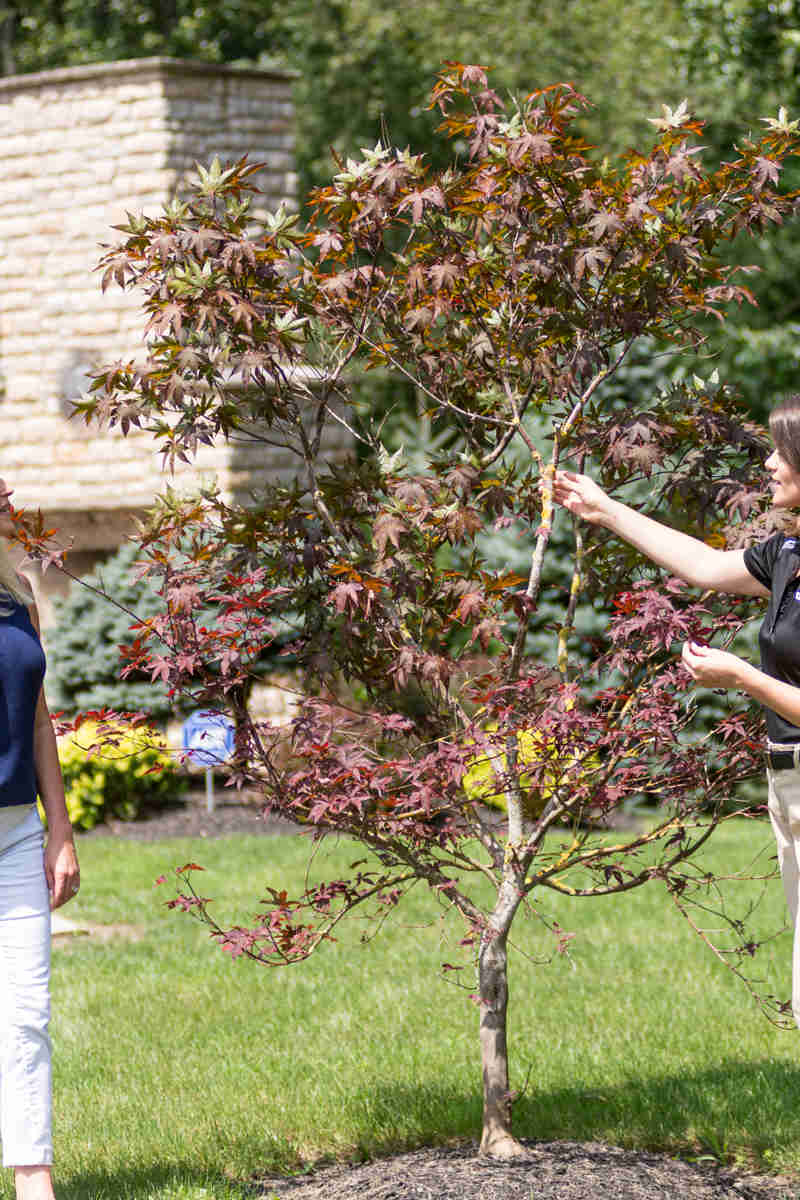Needle Blight & Cast of Pines Description:
Brown spot needle blight, Cyclaneusma needle cast, Dothistroma needle blight, and Lophodermium needle cast are common fungal diseases that attack pine needles, causing spots, blights, and premature defoliation.
Hosts:
Brown spot needle blight is common on longleaf pines in the southeastern United States and Scots pines in the Central Plains and Great Lakes regions.
Cyclaneusma needle cast mainly affects Scots pines but also can infect other pine species such as Austrian pines and Eastern white pine.
Dothistroma needle blight affects Austrian, lodgepole, Monterey, and Ponderosa pines.
Lophodermium needle cast impacts U.S. red, Austrian, and Scots pines.
Biology & Symptoms:
Brown spot needle blight causes straw-colored to light brown spots on needles in late summer or early fall. Spots emerge, killing most of the needle and causing premature defoliation the following summer.
Cyclaneusma needle cast symptoms usually appear in late summer or fall as light green to yellow spots on infected 2-year old or older needles. Brown bands form later. Off-white fruiting bodies form on needles and spores are released in wet weather. Premature defoliation occurs.
Dothistroma needle blight causes yellow to tan spots in the fall. The spots turn brown then reddish-brown and continue up to the tips of the needles. There’s an obvious cut-off line between the infected tissue and the needle base, which stays green at the needle base. Young trees can be severely stunted and die.
Lophodermium needle cast appears in late fall to early spring as brown spots with yellow margins on young needles. Needles turn brown by early summer. In late summer to early fall, black, football-shaped fruiting bodies form on needles. This disease causes premature defoliation in the summer following infection.
Management:
To manage brown spot needle blight, apply a protective fungicide in early spring. Do not prune trees during wet weather and sterilize pruning tools between cuts.
Manage Cyclaneusma needle cast by applying a protective fungicide 3 times in early spring through mid-summer. If the problem is severe, reapply until late fall.
To manage Dothistroma needle blight, apply a protective fungicide in mid-spring and again 4 to 6 weeks later. Do not prune in wet weather and remove any fallen needles.
Manage Lophodermium needle cast by applying a preventative fungicide in late summer through fall. Reapply if wet weather persists.





